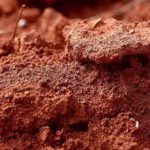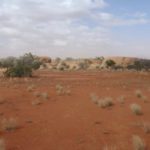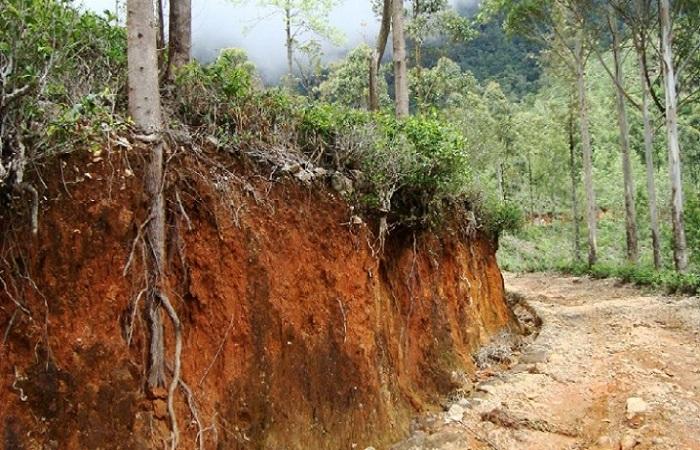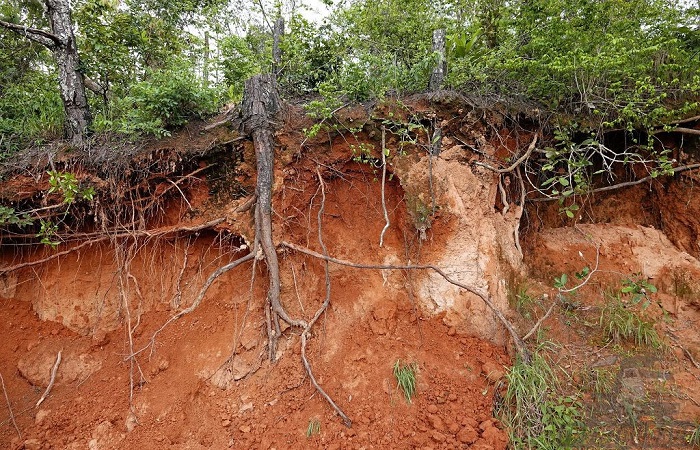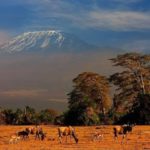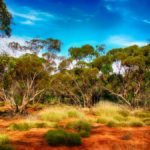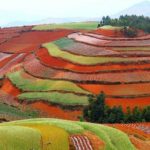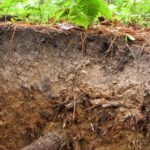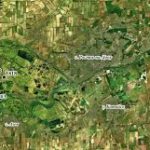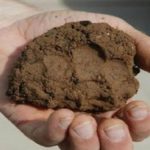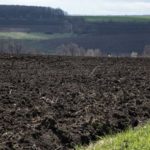Red-brown soils are the soils of steppe and desertified savannas. They form under short-grass savannas at the transition to tropical deserts. Such soils are often found in Africa, Northern Australia and certain regions of South America. In the upper part of the soil there is 3-1.5% humus. Below lies an illuvial-carbonate layer. Such lands are used as pastures. Under irrigated conditions they produce good yields.
Composition and specificity of red-brown soils
The main characteristics of such lands are considered to be differences in the structure, morphology and properties of horizons. The upper parts of the horizon usually have a light structure.In field conditions, the soil is defined as sandy or sandy loam.
The bulk of the soil is considered to be pseudosand. It consists of clay and sand particles that are firmly held together by iron oxides into microaggregates. If we consider the physical characteristics of the material, it resembles real sand.
Below is a dense clayey horizon. It is saturated with iron oxides, which make the material microaggregated. Then there is a horizon of ferruginous nodules. Even lower is a horizon of ferruginous-calcareous concretions - kankar.
The simultaneous accumulation of iron oxides and lime in the form of nodules is considered a unique phenomenon and occurs exclusively in red-brown soils.
High iron content in the profile makes the soil red-orange or brick-red. This is considered a characteristic feature of such lands.
Spreading
Such soils are common in the equatorial monsoon belts of the northern and southern hemispheres. The humidification coefficient in these places for 4-6 months of the year is 0.6-0.8. For the rest of the year it is at the level of 0.3-0.4. Savannas, xerophytic woodlands and shrub formations are common in these areas.
Red-brown lands are especially widespread in Australia, Africa and southeast Asia. They are most often found on well-drained high plains. Much less often such soils can be seen in the mountains.
Forming factors
The formation of these types of soil requires the following conditions:
- Humid warm or hot climate.
- Soil-forming rocks - these include products of ferrsiallitic-allitic or ferrallitic composition.
- A position in the terrain that ensures normal drainage and prevents severe erosion.
- High capacity of biological circulation of substances.
- The age of the relief, which is sufficient for the formation of ferrallite weathering products.
Economic use
Red-brown soils are today used as pastures. However, sometimes they are also used for agricultural purposes. Such soils are suitable for cultivating peanuts, corn, and cotton.
In the case of low farming technology and neglect of anti-erosion measures, which are typical for countries with such soils, erosion processes become widespread and a loss of ecosystem productivity is observed.
In some regions of the world - in particular, in the Sahel region of Africa - these soils are subject to pronounced anthropogenic desertification. Dealing with it is very problematic. This process requires significant capital investments and significant socio-economic transformations.
Red-brown soils have a number of significant characteristics and are found only in certain areas of Africa, Australia and Asia. With the right approach, such soils can be used in agriculture.

